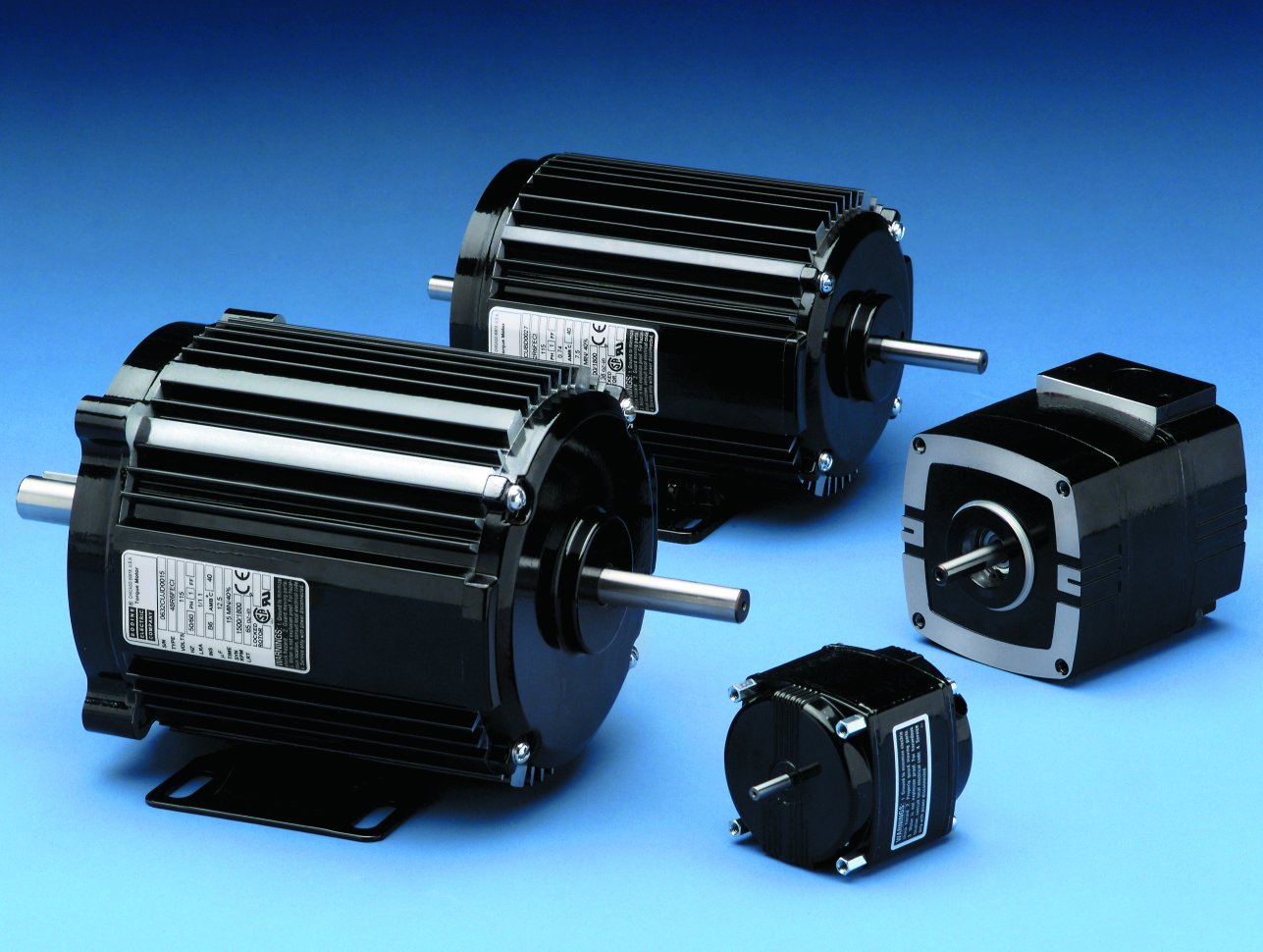Bodine Electric offers AC induction motors that are impedance protected – we call these types of motors AC Torque Motors. These motors are ideal for tensioning applications because they can operate in stall mode without overheating. Torque motors feature: Higher starting torque at lower speed and lower running torque.
What does “impedance protection” mean? It means that the motor winding temperature stays within its thermal limits when the motor is stalled while powered up, i.e., the motor won’t “burn up”. If the motor needs to be operated in 100% stall mode, then the operating voltage has to be reduced to x% of the rated voltage (see our catalog S-17, page 18 for details).
Application Example: Tensioning a web, wire or film in an unwind or rewind application. In these types of applications, the motors act like an “electronic spring”.
How do I vary the voltage supplied to a Bodine AC Torque Motor? Can I use an inverter with single-phase output? The user has various options on how to reduce the supply voltage to the AC torque motor. The key is that the average voltage supplied to the motor is per the motor’s specification (dependent on locked rotor duty cycle). Some available options are: a step-down transformer, a solid-state variac, a power resistor in series with the motor (K-2 motors only), or an inverter with single phase output. See catalog S-17, page 18 for reduced voltage specifications.
We also manufacture custom motors and gearmotors with a special “torque core” rotor. We recommend this design feature in applications where the machine design requires high starting torque. These special AC induction motors with torque core rotors deliver: Higher starting torque at lower speed and lower running torque.
Copyright Bodine Electric Company © 03/2012. All rights reserved.
